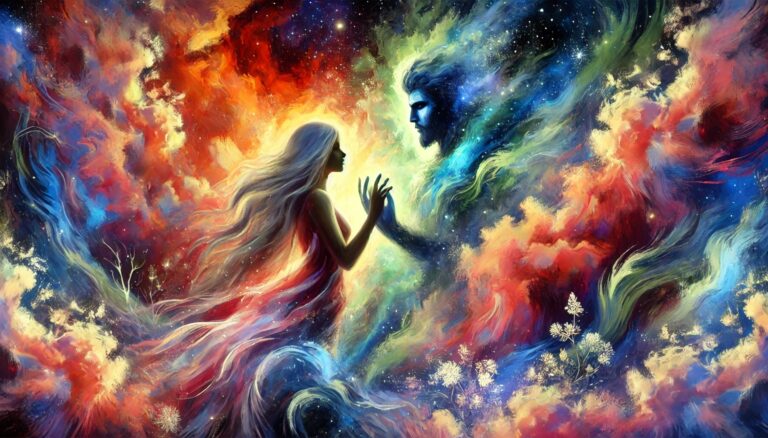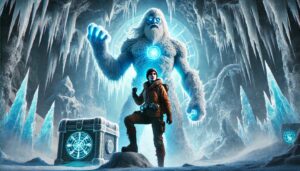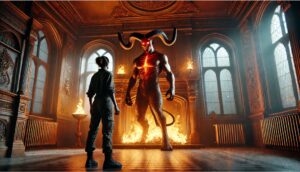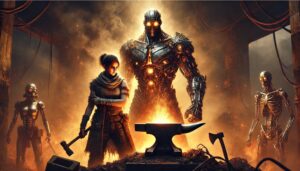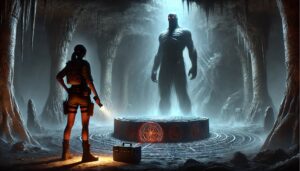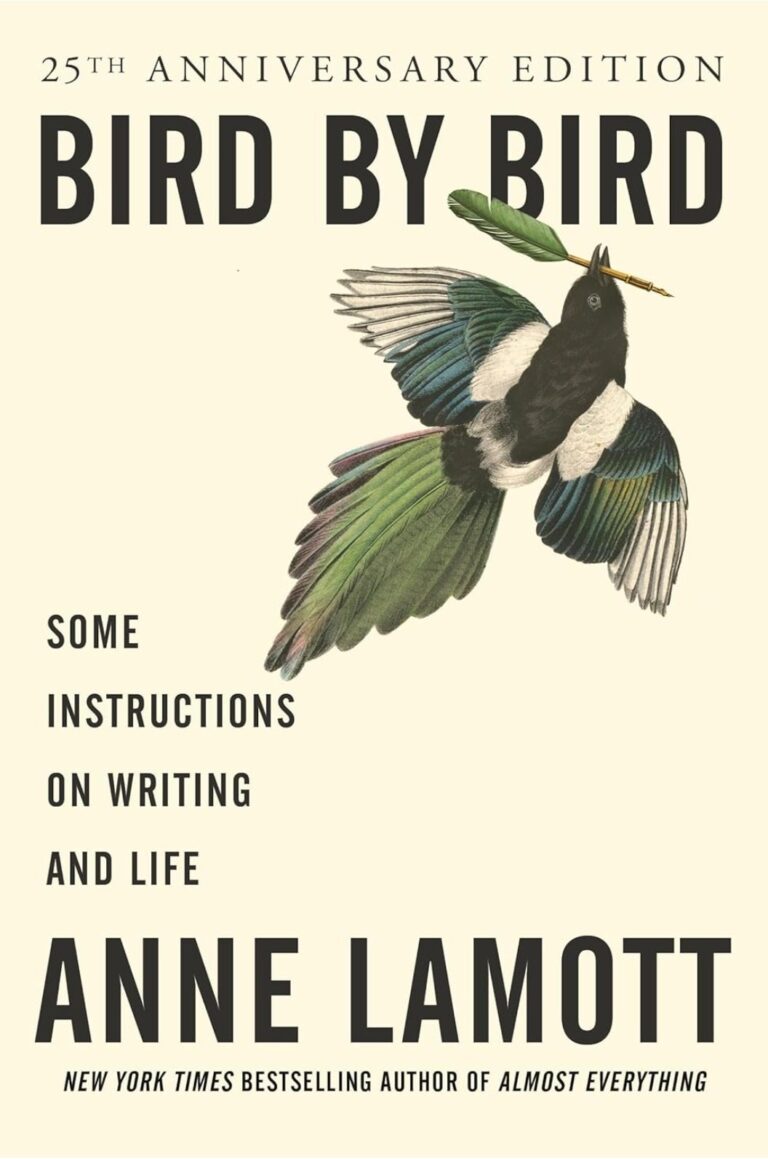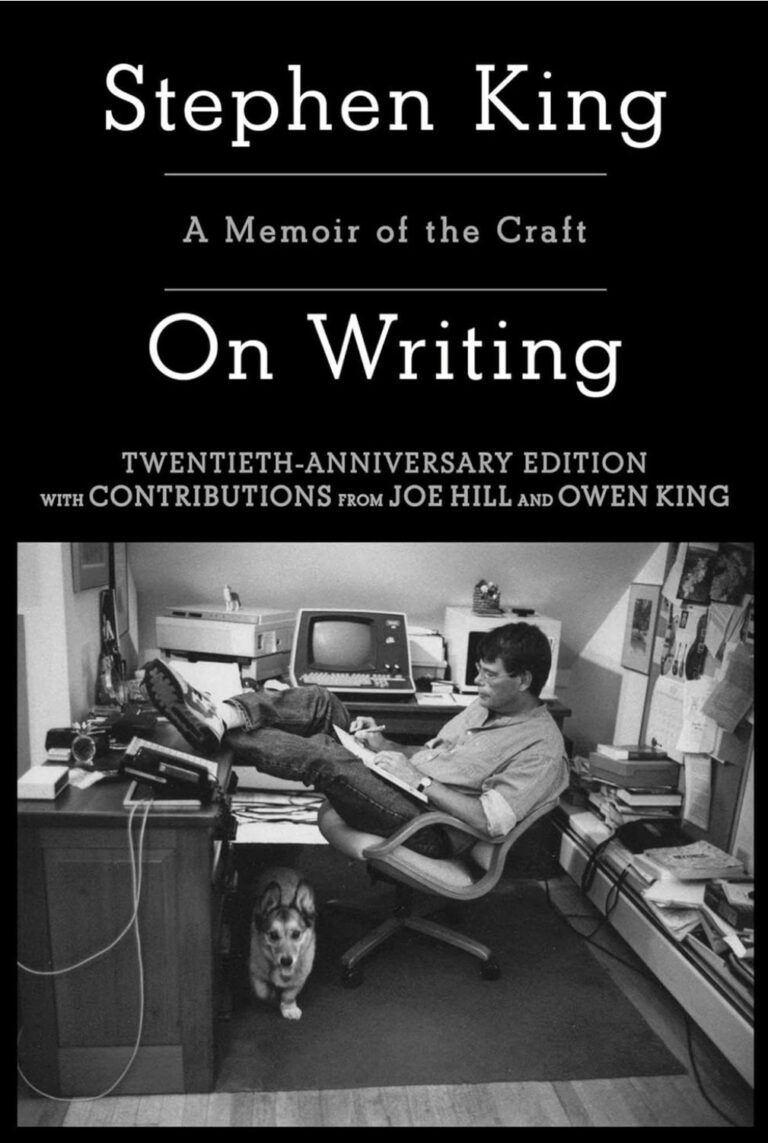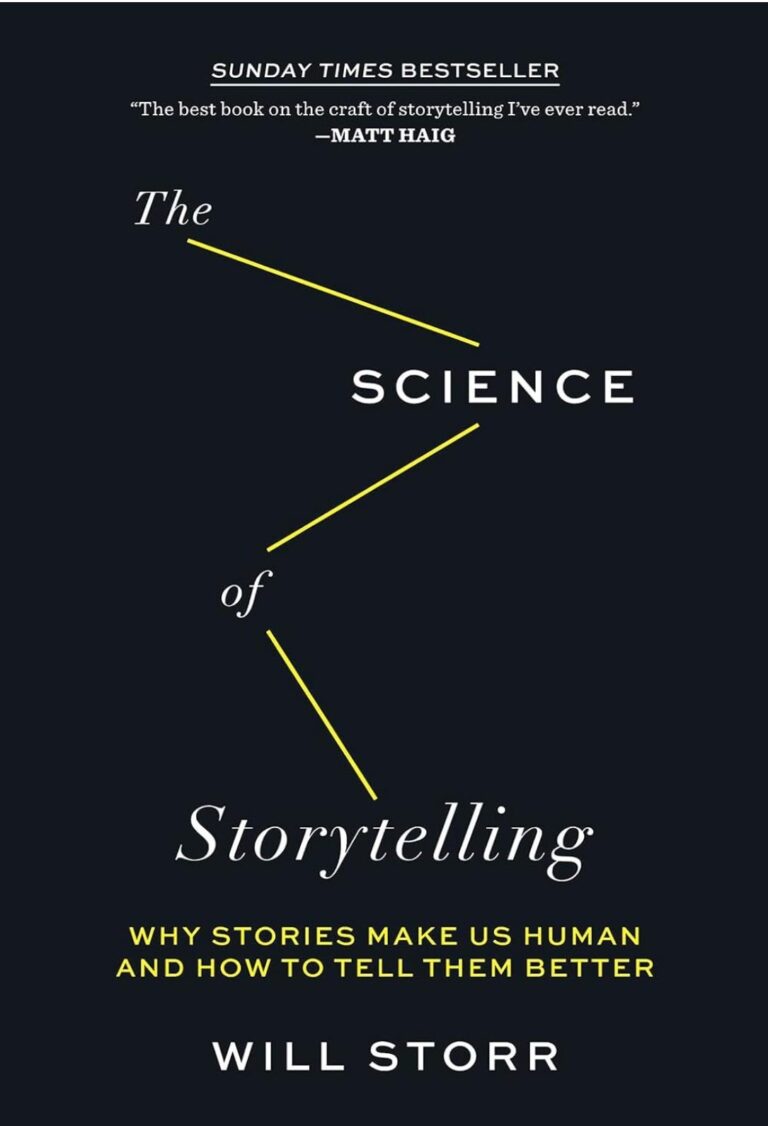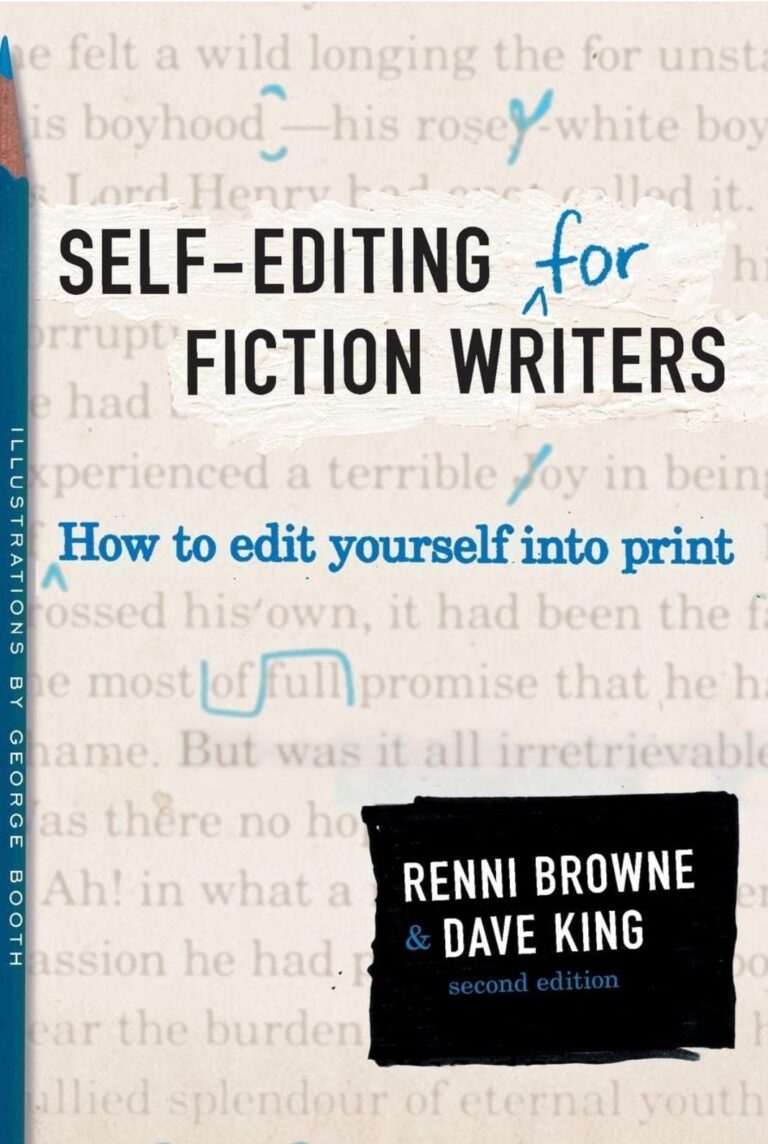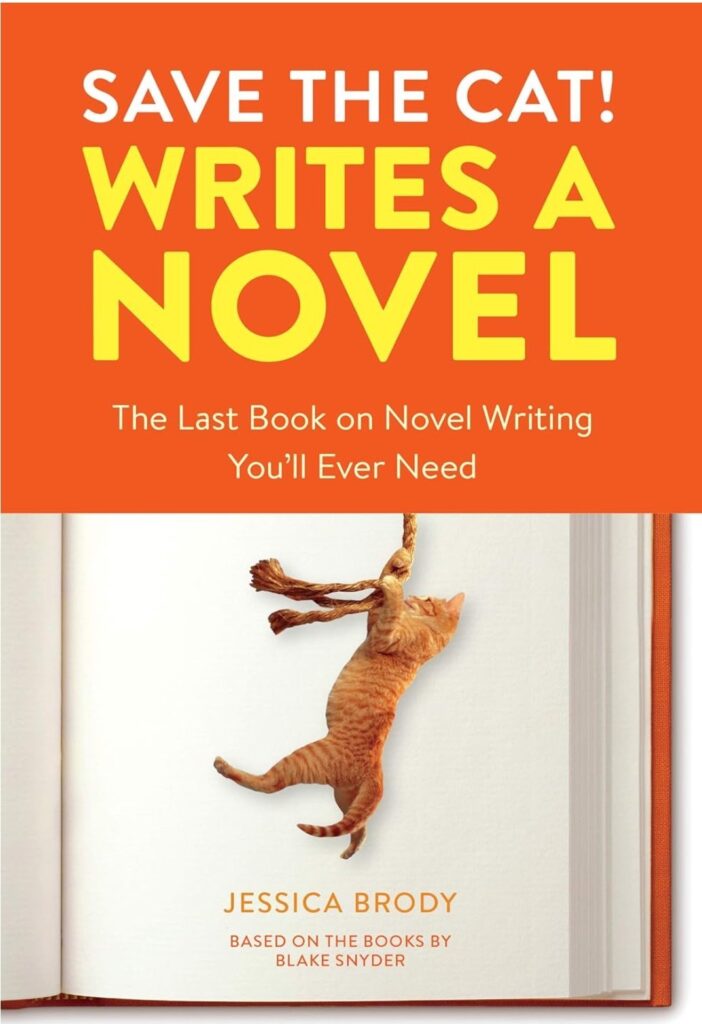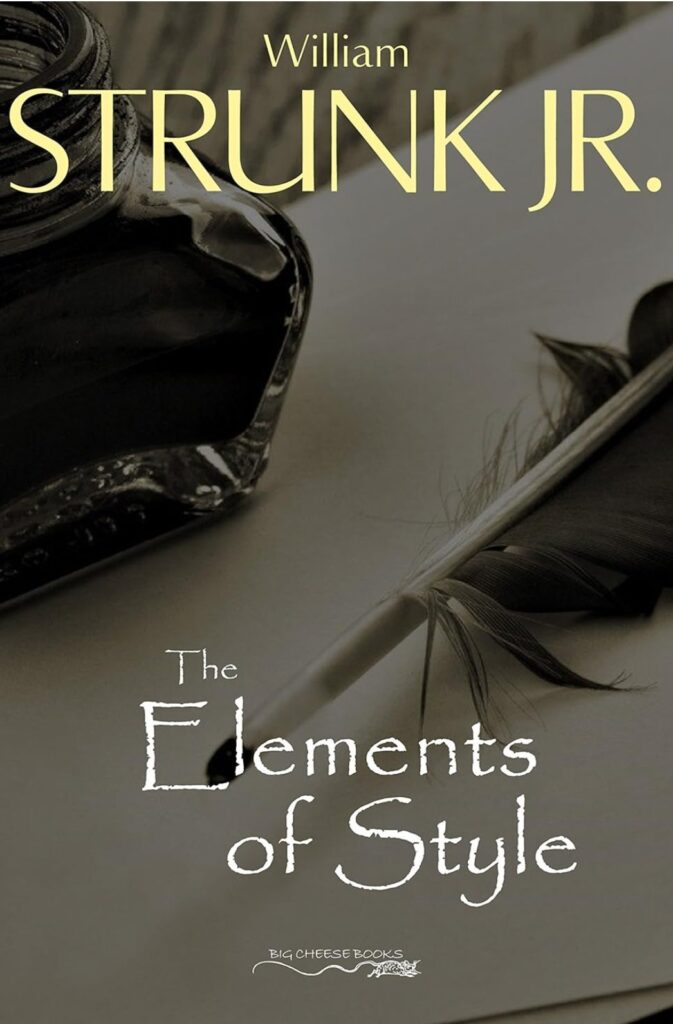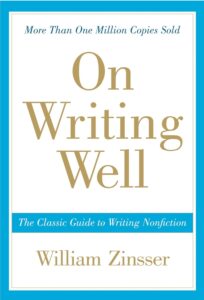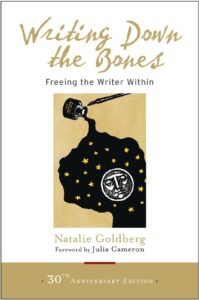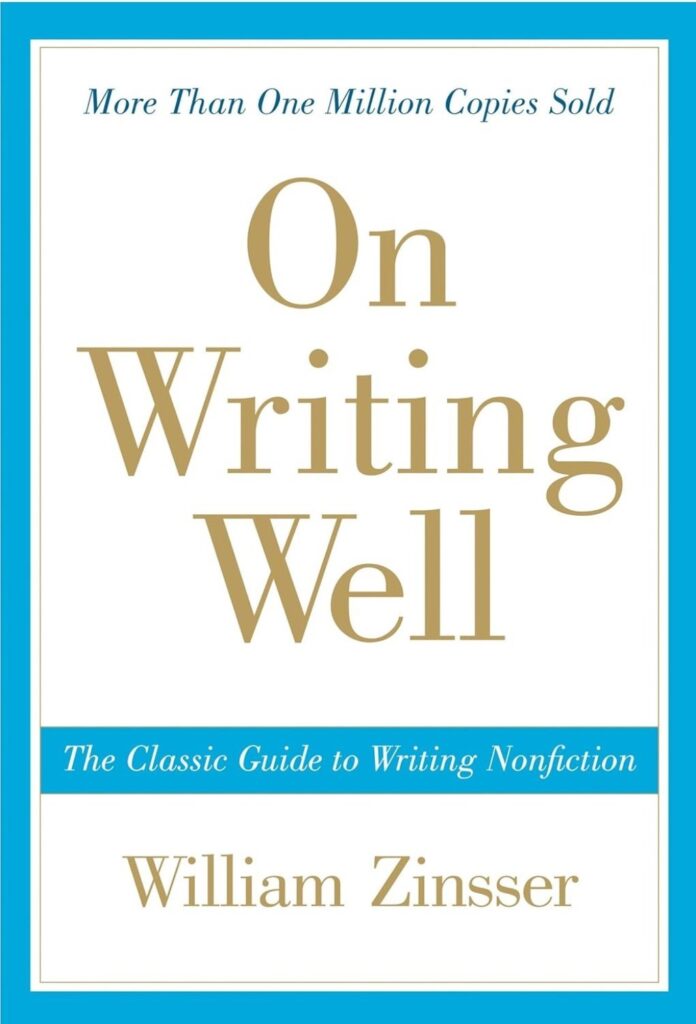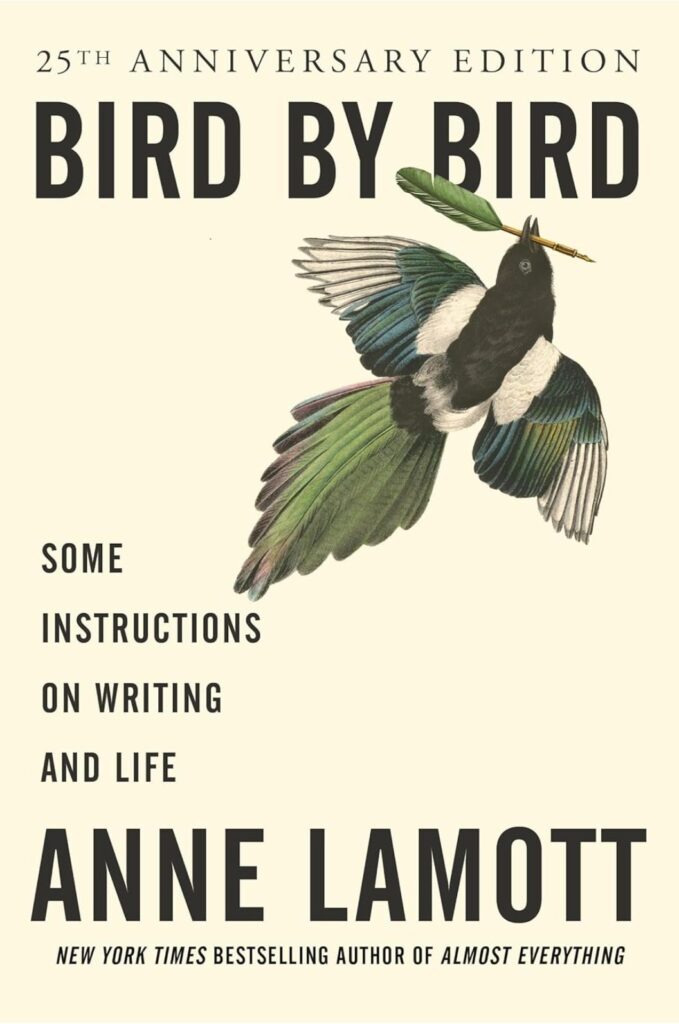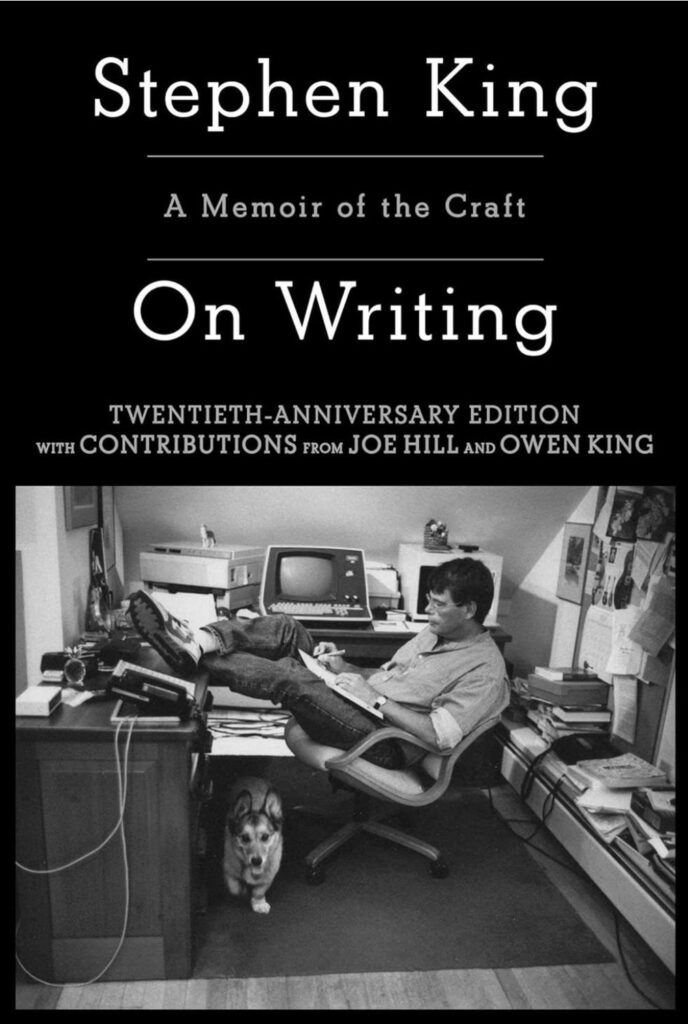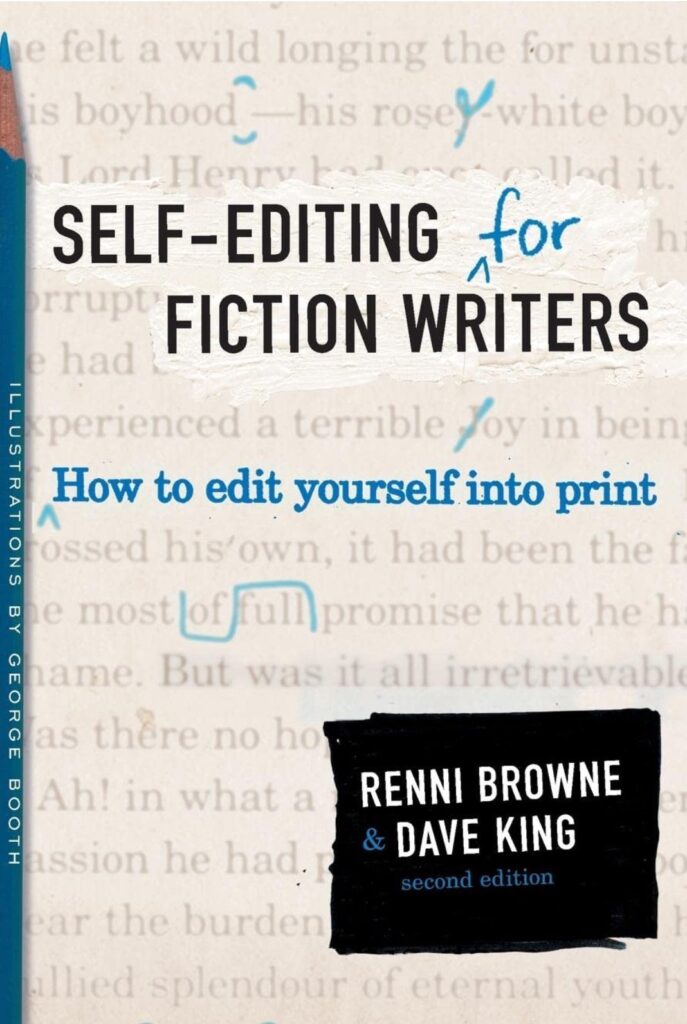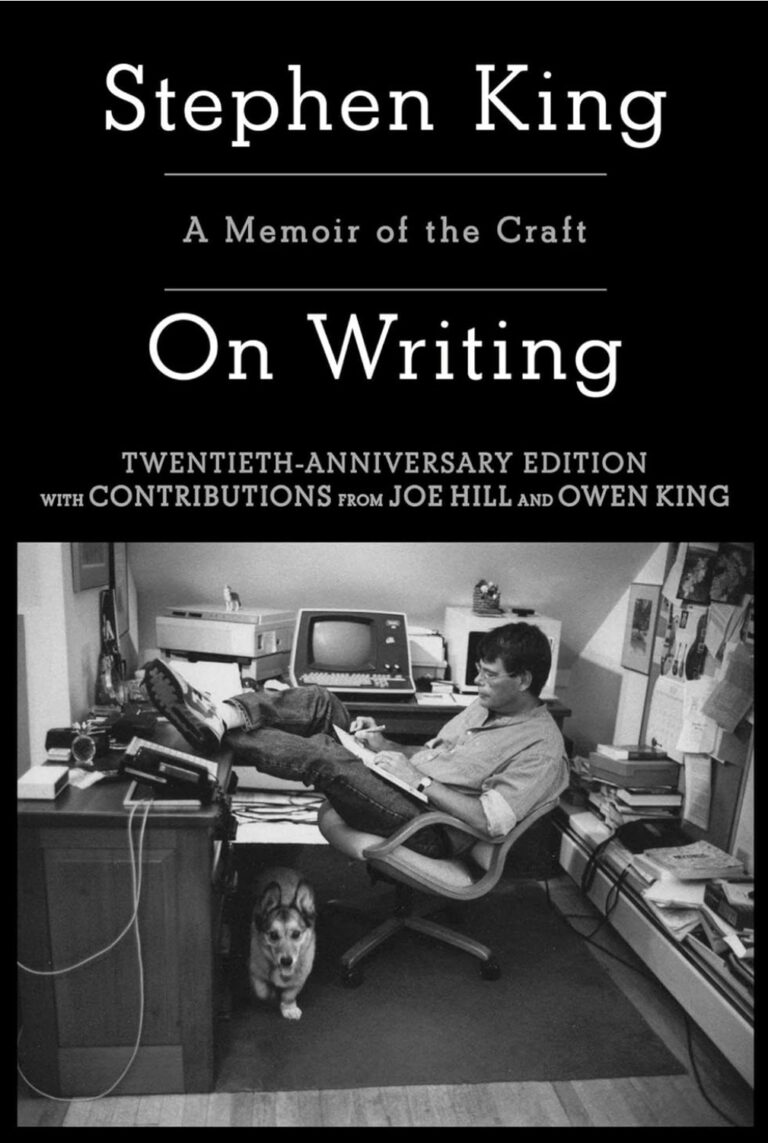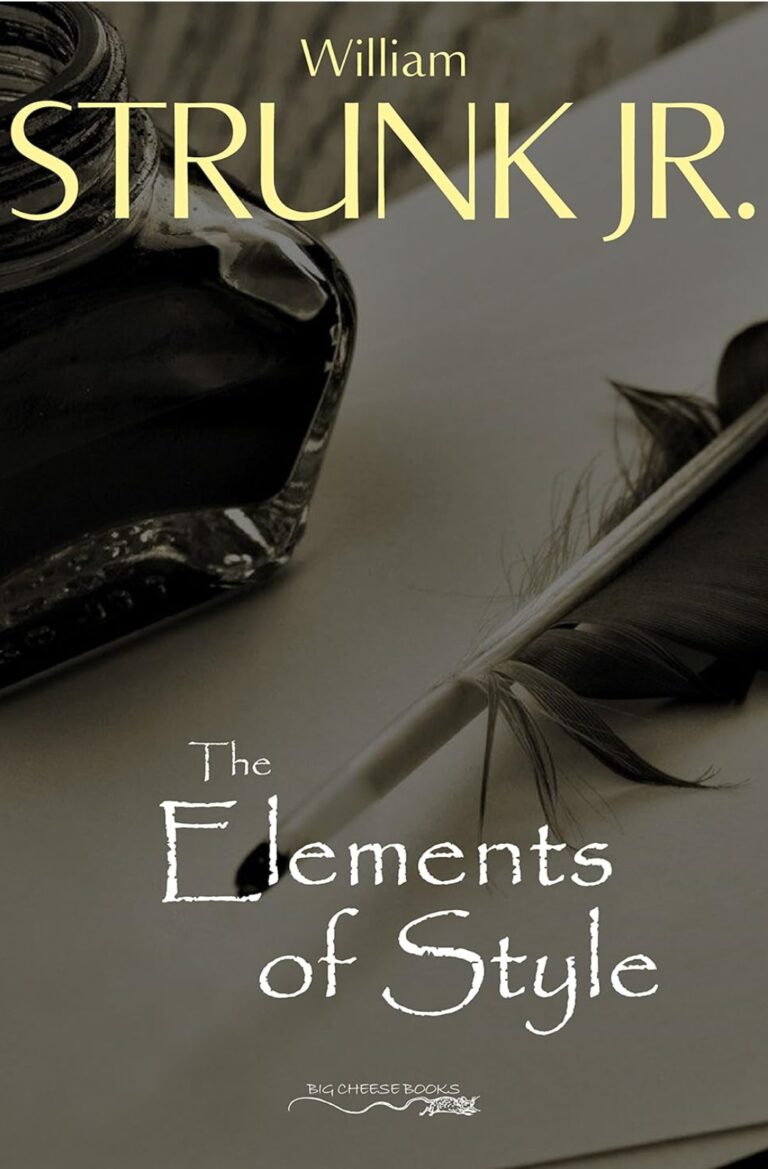Let’s talk about something that makes or breaks a romance story: characters. Without memorable characters, even the spiciest plot or swooniest insta-love moment can fall flat. So today, I’m diving deep into character development.
Creating relatable, vivid, and lovable characters is especially tricky in romance. But don’t worry—I’ve learned a lot from writing my own insta-love stories (yes, even about alien farmhands and minotaurs!). I’m here to share what works, what doesn’t, and how you can make readers fall for your characters, fast.
Table of Contents
ToggleWhy Character Development is Critical in Romance
We write romance for the connection. Readers need to believe in the love, even if it’s instant. That only happens when the characters feel real.
Your heroine shouldn’t just be “the girl next door.” Your alien hero needs more than just a rock-hard jawline and hypnotic pheromones. (Though I’m not saying no to those, either!)
Readers need quirks, depth, and emotional layers to care. And if you nail character development, they’ll be hooked—not just on the love story, but on your characters’ story.
Building Strong Heroines Readers Love
Let’s start with our heroines. Whether she’s a kickass paranormal investigator or a shy librarian suddenly caught in a minotaur’s gaze, she needs to feel real.
One of my favorite posts I’ve written is Crafting Strong, Independent Heroines in Paranormal Stories. The trick is balance. Your heroine can be strong without being cold. Vulnerable without being weak. Maybe she’s confident at work but struggles in love. Or she’s fiercely loyal but terrified of abandonment. Real people are messy, and our heroines should be, too.
In my own writing, I try to give heroines a spark of independence. They don’t need a man (or alien or werewolf)—but they’re open to the right one. That makes their love story feel like a choice, not a rescue.
Heroes: More Than Just Abs and Smolder
Ah, the hero. He’s alpha, sure. But he’s not just muscles and possessiveness. Great heroes have layers. They’ve got flaws, fears, and—this is important—a soft side.
I dug into this in Creating Believable Paranormal Heroes. A believable hero isn’t just “perfect.” Maybe he’s the werewolf alpha who feels guilty about a family he couldn’t protect. Or the alien warrior who hides his fear of failure behind his bravado. Flaws make your hero relatable. Vulnerability makes him swoon-worthy.
When I’m writing, I love crafting those tiny moments that show his humanity. A touch that’s too gentle. A hesitation before he speaks his feelings. Those are the moments that make readers melt.
Chemistry: The Spark Between Them
Here’s where the magic happens: chemistry. No matter how great your characters are individually, if their connection doesn’t sizzle, the story falls flat. So how do you build chemistry?
I’ve written a step-by-step guide to creating that spark, but here’s the short version:
- Opposites attract: Highlight their differences, but show how they complement each other.
- Shared vulnerability: Let them bond over a moment of weakness or honesty.
- Playful banter: A little teasing goes a long way.
In one of my favorite scenes I’ve written, a shy heroine stammers over a word, and the hero gently finishes her sentence. It’s a small moment, but it shows he’s attuned to her. Chemistry doesn’t have to be grand gestures—it’s in the little things.
Making Aliens and Minotaurs Feel Real
Writing about non-human characters? (Same here!) It can be tricky to make aliens, minotaurs, or vampires feel relatable without losing their “otherness.” The key is blending the familiar with the exotic.
I tackled this in two posts: Developing Unique and Relatable Alien Characters and Minotaurs in Love: Unique Characters, Unique Romance.
For aliens, I focus on their humanity—emotions, dreams, or struggles readers can connect with. But I don’t forget the “alien-ness.” Maybe they see colors differently or communicate through touch instead of words. These unique traits make them fascinating.
For creatures like minotaurs, I lean into their primal nature while giving them a soft side. A minotaur might be fierce, but his gentleness with the heroine’s small hands? That’s the stuff of swoons.
Emotional Depth: Where the Heart Lies
Characters live and breathe in their emotions. This is doubly true in romance. Readers want to feel the highs of passion, the lows of heartbreak, and everything in between.
In Building Emotional Depth in Supernatural Romance Characters, I talked about how to dig deep. Don’t just say your character feels sad—show it. Let the hero stare at the heroine’s empty chair across the table, his jaw clenching. Let the heroine avoid looking in the mirror because she doesn’t want to see her tear-streaked face.
Details matter. They make emotions visceral. And visceral emotions make your characters unforgettable.
Writing for Short Romance: Quick, But Powerful
If you’re writing short romance (like me!), character development can feel like a sprint. You’ve got limited words, but readers still need to connect deeply.
In Developing Characters in Short Romance: Making Readers Fall in Love Quickly, I shared my secrets. The key is focus:
- Highlight their essence: Show the character’s core trait early—whether it’s bravery, kindness, or vulnerability.
- Skip the fluff: Every scene, every word needs to develop the characters or their relationship.
- Show their connection fast: A glance, a spark, a line of dialogue that hints at something deeper.
Short romance is like insta-love itself: fast, intense, and deeply satisfying when done right.
Alien Attraction: Believable, Even When Out-of-This-World
One of the hardest parts of writing paranormal or sci-fi romance is making the love feel believable. How does a human woman fall for an alien with scales and a tail? Or a werewolf who shifts under the moon?
I explored this in The Art of Alien Attraction: Making Extraterrestrial Love Believable. The trick is grounding the fantastical in emotion. Love isn’t about appearances; it’s about connection. Show how they understand each other in ways no one else could. Build trust. Build intimacy.
For me, it’s not about whether the alien has glowing eyes—it’s about the way he looks at her, like she’s the most beautiful thing in the galaxy.
Final Thoughts: Bringing It All Together
Character development is the heartbeat of romance. It’s what makes readers laugh, cry, and fall in love right alongside your characters.
Whether you’re writing about a strong heroine, a vulnerable hero, or a lovestruck minotaur, remember: it’s all about connection. If your characters feel real, their love story will feel real. And your readers will come back for more.
I hope this guide inspires you! And don’t forget to check out the posts I’ve linked—they dive even deeper into these ideas. Let me know which tips you try, and if you have questions, I’d love to help.
Happy writing!

